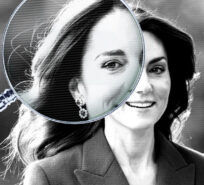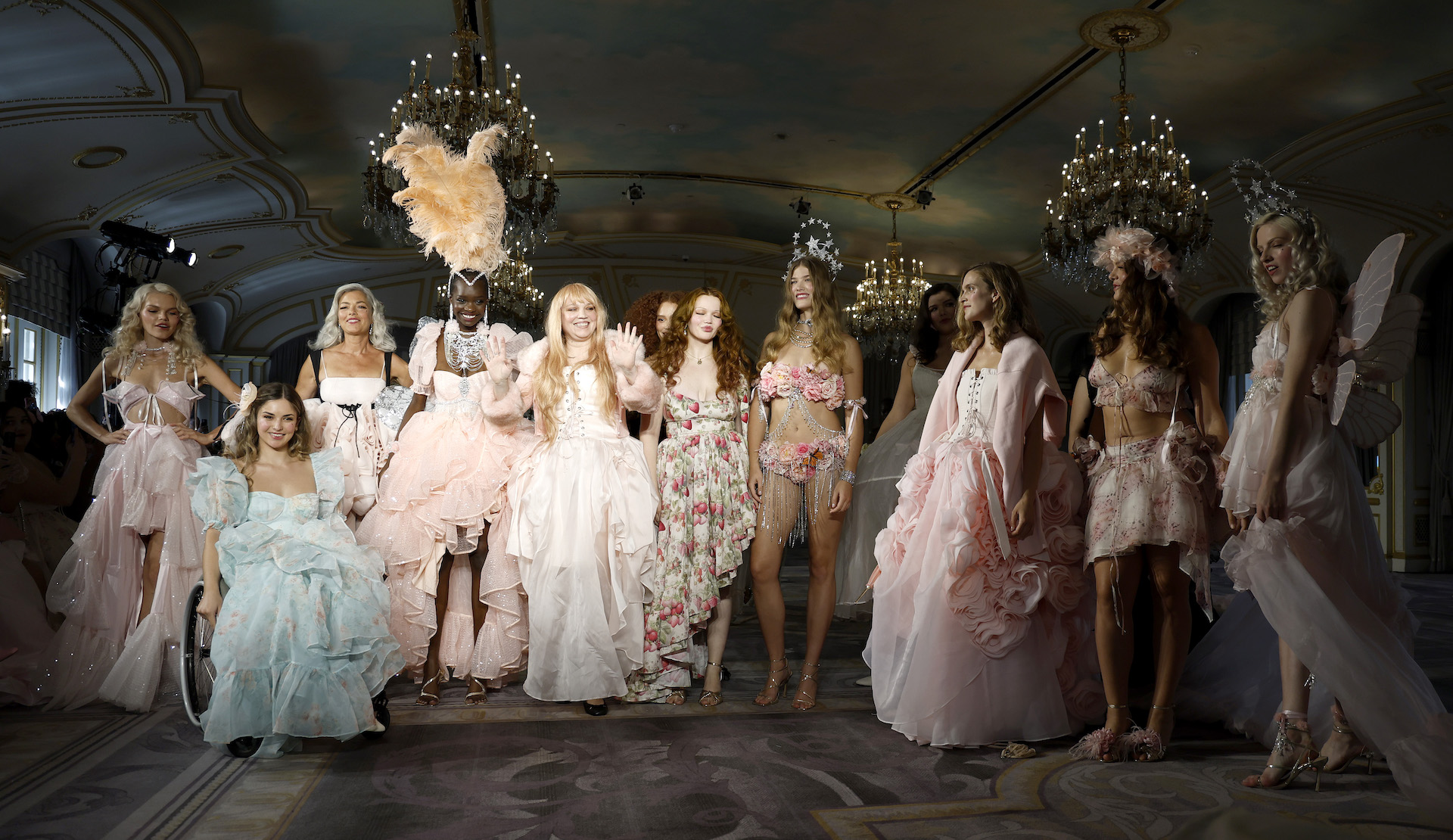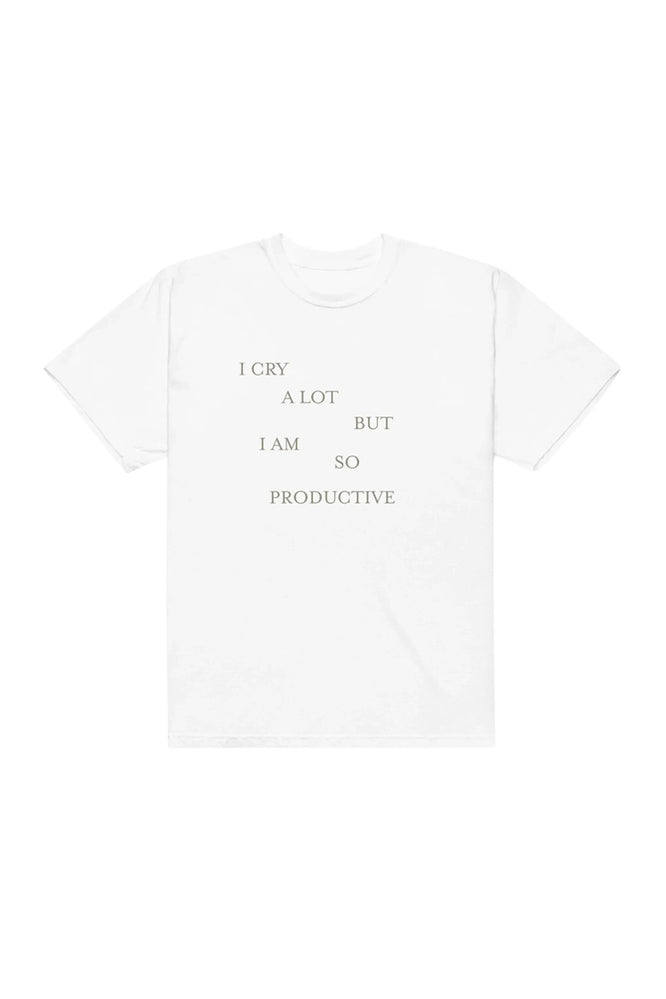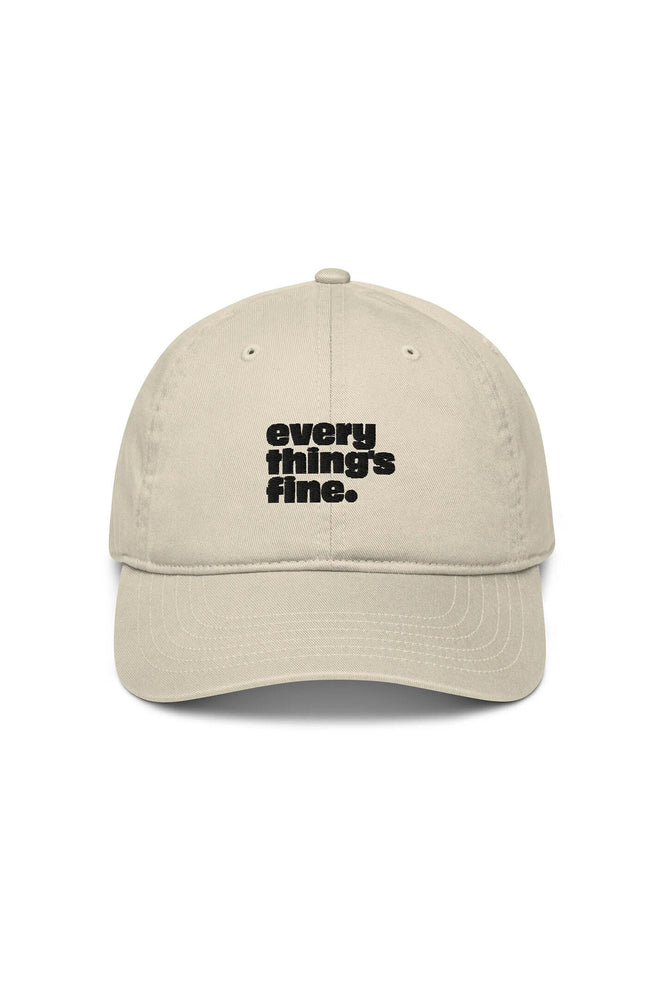September was Fashion Month. It is a whirlwind of Fashion Weeks taking place in New York, London, Milan, and then Paris. Designers from across the globe dictate the trends for the upcoming season and over the following days, weeks, months we watch those trends trickle-down (one of the few industries where the trickle-down theory actually has merit) from high fashion all the way down to fast fashion (Think of Meryl Streep’s iconic blue sweater speech in “Devil Wears Prada.” These fashions will be immortalized in editorial and commercial images, representing what, and who, is on trend in the moment.
According to the British Association of Model Agents (AMA) female models should be around 34″-24″-34″ and between 5 ft 8 in (173 cm) and 5 ft 11 in (180 cm) tall. With the growth of the body positivity movement and advocacy for more inclusive, diverse runways, one would think that these standards would now be outdated, and in some ways they are. Models Ashley Graham and Paloma Elsesser are gracing the covers of high fashion editorials and walking the runways at fashion shows across the globe. Designers such as Christian Siriano have made a name for themselves by saying they will design for any body type. Influencers such as Katie Sturino and Remi Bader have built a platform for themselves advocating for size inclusivity. The most recent season of “Project Runway” featured a roster of models that was diverse with regard to size, gender, and sexuality. Yet, in 2023, despite all the strides that have been made to have the fashion industry be more representative of the population it serves, disability representation is still marginalized or excluded entirely.
During that same season of “Project Runway,” there were no visibly disabled models. In fact, “Project Runway” has done what one could argue is on trend in the fashion industry, treating disability as a one-off. In 20 seasons and 251 episodes, only once were the designers challenged to design for someone with a visible disability. Moreover, in years past there has been visible disability representation on the runways, but those instances could be counted on one, may two hands per season and this year it seemed like there was none at all.
However, we’ve witnessed instances in fashion this year where disability was given its moment, but those instances were separate from mainstream, non-disabled fashion. While the significance of these moments should not be diminished, it needs to be understood that putting on a separate show or creating a separate stage for disability is not separate but equal. Rather it’s separate but less than. We need these moments, we need to recognize their importance and impact. But, as long as disability is still being separated, there is no true inclusion.
There was one show this season that was inclusive in regards to size, gender, race, sexuality. It was put on by Selkie. The Selkie show was stunning, it was whimsical, it was fashion and, as a disabled girlie, I saw me. I saw me in a space that year after year has told me that my body, my identity, my community does not belong. We need more designers, brands, and labels following this example and understand that you do not have to be in the “adaptive” design space to cast models with disabilities for your campaigns, editorials, and runways.
People with disabilities comprise the world’s largest minority and it is a minority group that anyone can join at any time. According to the World Federation of Advertisers in their 2020 The Global Economics of Disability Report, the disability market influences of $13 trillion in annual disposable income. From a business perspective alone, that is a number that cannot and should not be ignored by brands any longer. Outdated, discriminatory beliefs can no longer justify excluding disability from fashion.
There’s a famous quote from designer Yves Saint Laurent, “Fashions fade. Style is eternal.” I would like to amend that, “Designers fade. Disability is eternal.” If designers want to continue being in fashion, then they need to start including people with disabilities.











































